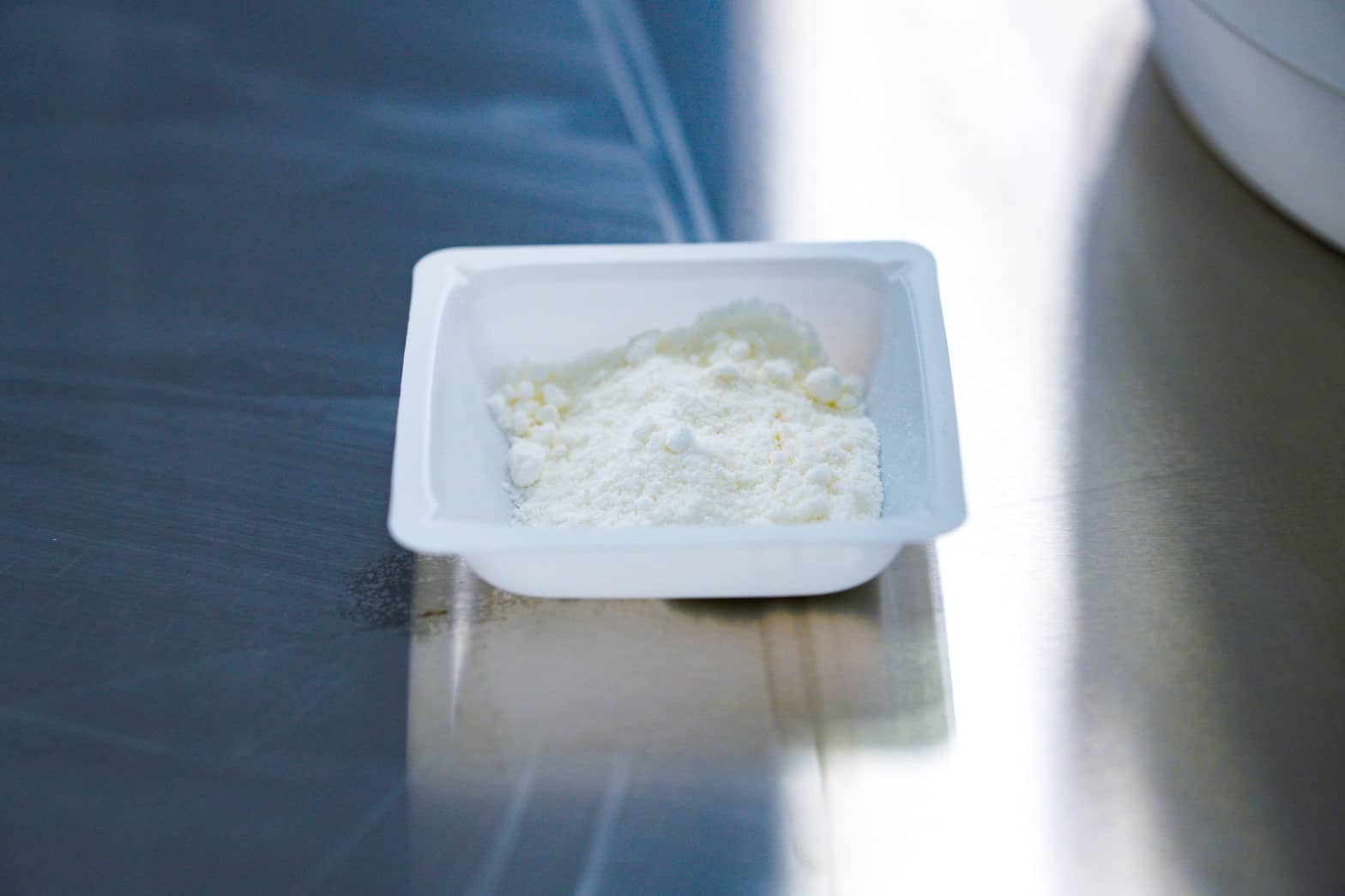CBG, or cannabigerol, is an underrated minor cannabinoid found in cannabis that deserves a lot more credit. CBG is a non-intoxicating molecule with loads of potential therapeutic applications and benefits. This cannabinoid is just starting to gain notoriety, and here are a few important reasons why.
THE METAMORPHOSIS OF CANNABINOIDS
CBG is naturally present in cannabis at relatively low concentrations. CBGA, the acidic version of CBG, is actually the precursor for both the THC and CBD molecules. When a cannabis plant produces CBGA, enzymes convert the molecule into either CBDA or THCA. These acidic cannabinoids then go through a natural or man-made process of decarboxylation to transform them into THC or CBD.
CBGA, however, can also transform into CBG through that same process of decarboxylation. Since CBGA is the precursor to all three of these molecules, cannabis plants typically have very low percentages of cannabigerol and higher percentages of THC and CBD.
Through research and experimentation, scientists and cultivators have discovered an ideal harvest window where cannabigerol concentrations may be highest in cannabis plants. Due to CBGA converting into other cannabinoids, the processes should be done earlier to retain as much CBGA as possible.
MINOR CANNABINOID, MAJOR IMPACT
CBG and CBD are often compared, due to some of their similarities in reported effects and benefits. CBD and CBG both work with our internal endocannabinoid system which communicates with many essential systems in the body.
In studies, cannabigerol has shown promise in many areas, including glaucoma treatments, inhibiting cancer cell growth in mice, decreasing inflammation in inflammatory bowel disease, stimulating appetite, neuroprotective capabilities, and killing drug-resistant bacteria.
Because it is non-intoxicating, CBG has also demonstrated the ability to moderate the effects of THC, increasing therapeutic potential and decreasing the negative side effects of high-THC cannabis.
Though further research is critical to understanding the full potential of this cannabinoid, preliminary findings show great promise from this molecule.
PRESENT-TENSE CANNABIGEROL
Currently, buzz around CBG products is on the rise. CBG and CBD blends are becoming increasingly popular, due to their unique synergy via the entourage effect. At this point in time, it is not commonplace to find a high-CBG strain of cannabis in dispensaries, but cultivators are experimenting with cannabis genetics to increase CBG concentrations, and increase yields.
Due to the amount of biomass needed and the specific equipment necessary to extract a substantial amount of CBG, these cannabinoid-blend products have a higher price point than typical CBD products. In general, cannabigerol has a higher price point due to the processes required to obtain it and the scarcity of the cannabinoid.
LOOKING AHEAD
As previously stated, there is still so much we have to learn about CBG and other minor cannabinoids. If you look at the trends of the CBD industry alone, we would wager that minor cannabinoids like CBG, CBN, and CBC will be the next trends in the hemp and cannabis industry.
Interested in learning more about custom cannabis formulations, minor cannabinoids, and how you can utilize these ingredients to increase the value of your products? Contact a Groff North America team member today to start your cannabis journey.

